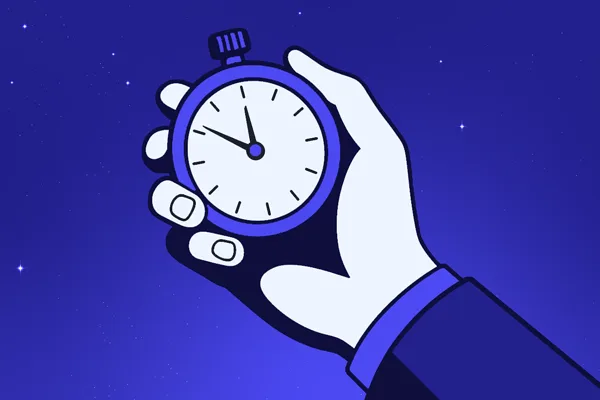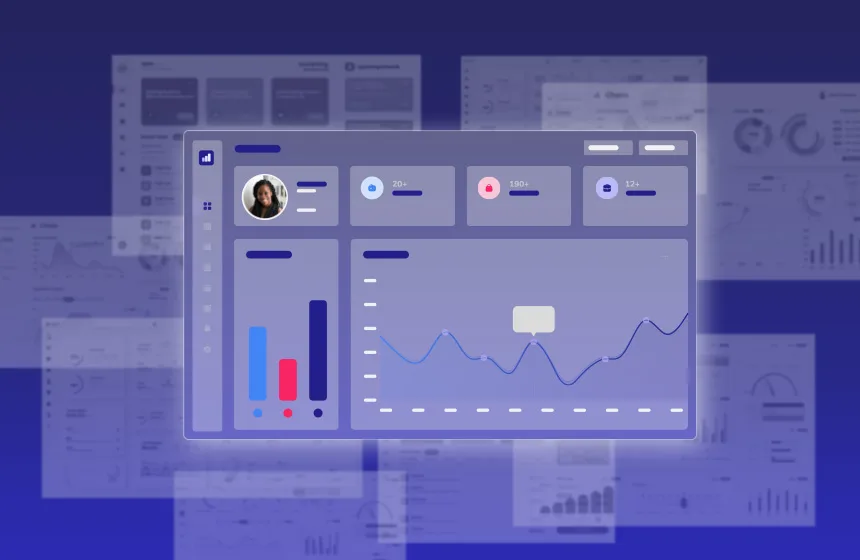Accelerate deals and increase win rates with the leading enterprise demo platform.
How to Shorten Sales Cycles by Showing Product Early & Often

April 7, 2025
Table of Contents
Solutions Engineers (SEs) are in a unique position to drive customer adoption through effective product demos. At the same time, building custom demos for every prospect is not scalable nor desirable in every instance. By reexamining the demo process and tools, SEs can reduce sales cycles and lower customer acquisition costs (CAC).
When prospects get hands-on access to product throughout the journey, sales cycles shorten, qualification improves, and deal velocity increases—ultimately lowering the cost of acquiring new customers.
Early Product Experiences Matter
In traditional enterprise software sales, prospects typically navigate several discovery calls and business case discussions before experiencing the actual product demo. However, today’s buyers often prefer a self-directed journey that allows them to experience the product before engaging with a sales representative.
Interactive tours are a great way to allow prospects to experience the product early in their sales cycle. Once a prospect then expresses interest in connecting with a human, SEs can uplevel the experience with powerful demos that resonate with the prospect’s business, use case, and specific product and feature needs. These tailored, high impact product experiences increase prospect engagement and accelerate decision-making.
For example, HR platform provider Hireology offers interactive product tours on their website to engage leads at the top of the funnel. Once prospects are ready to engage, their sales and presales teams deliver live demos, which are followed with leave-behind demo assets created in Reprise. The results speak for themselves: Hireology has seen sales cycles accelerate by 50% in opportunities where product tours were utilized.
Optimizing SE-led Product Experiences
Here are some specific ways to ensure the efficiency of SE-led product experiences in order to move the needle on CAC.
Reserve Custom Demos for Later-Stage Prospects
Not every prospect needs a custom, SE-led demo right away. Encourage early-stage buyers to explore interactive product tours before getting a live demo. Product tours have proven to be a top-performing CTA for companies like Crowdstrike and Pendo, catering to the majority of prospects who would rather do their own self-guided research before speaking with sales.
This approach preserves SE resources for more qualified engagements, reducing CAC while still giving prospects an early taste of the product.
Empower Sales to Demo Independently
Another way to save SE time and energy, which translates into CAC savings, is by enabling sales reps to lead their own demos. Instead of looping in SEs for every demo, give reps resources to showcase the product on their own.
SEs can build repeatable demo environments to support either an on-rails experience for a guided demo or a sandbox-style environment where reps can explore the product freely. Depending on the app, SEs can even configure a live environment with custom, injectable data for reps to demo.
By giving sales teams the tools to demonstrate value early and independently, deals progress faster without overloading SEs. Sales teams that have direct access to demo-ready environments can respond instantly to prospect interest, reducing friction and keeping momentum going. Meanwhile, valuable SE time can be focused on high-impact, technical deep-dives, maximizing their effectiveness while still supporting a greater volume of deals and ultimately reducing CAC.
Establish POC Criteria to Prevent Scope Creep
Before agreeing to a proof of concept (POC) or proof of value (POV), require prospects to define clear success criteria. This explicitly aligns presales investment with real buying intent rather than devoting resources to prospects who lack internal alignment or budget. Clear POC criteria prevents excessive scope creep and keeps technical validation focused on what really matters for closing deals.
Setting well-defined criteria also makes it easier for presales teams to measure POC effectiveness over time to help determine which opportunities warrant deeper technical investments based on their potential value and likelihood to close. Without a clear scope, POCs can drag on indefinitely, consuming precious SE time that could be better allocated to more promising deals.
Use Automation to Speed Up Technical Validation
Manual technical validation processes slow down deal velocity, whereas automation can be used to handle common validation steps and speed the process. AI-driven questionnaire responses, templated RFPs, and self-contained demo environments can eliminate time-consuming back-and-forth. This allows presales teams to focus on high-impact conversations rather than repetitive tasks.
Automated tools not only accelerate the sales cycle but can also streamline consistency of messaging and technical verification. For instance, automated demos are useful when onboarding new users who need to understand configuration options, SSO controls, or specific technical workflows in a sandboxed setting.
Summary
Showing the product throughout the customer journey is a powerful strategy for reducing CAC by increasing deal velocity and improving qualification. SEs can make an impact by limiting custom demos to later-stage prospects, helping sales to demo independently, establishing clear POC criteria, and applying automation. The result? Shorter sales cycles, better resource allocation, and lower acquisition costs—all while enhancing the buyer experience.
Want to learn more about how SEs can uplevel their impact? Check out our guide: How to Expand Presales Influence.





